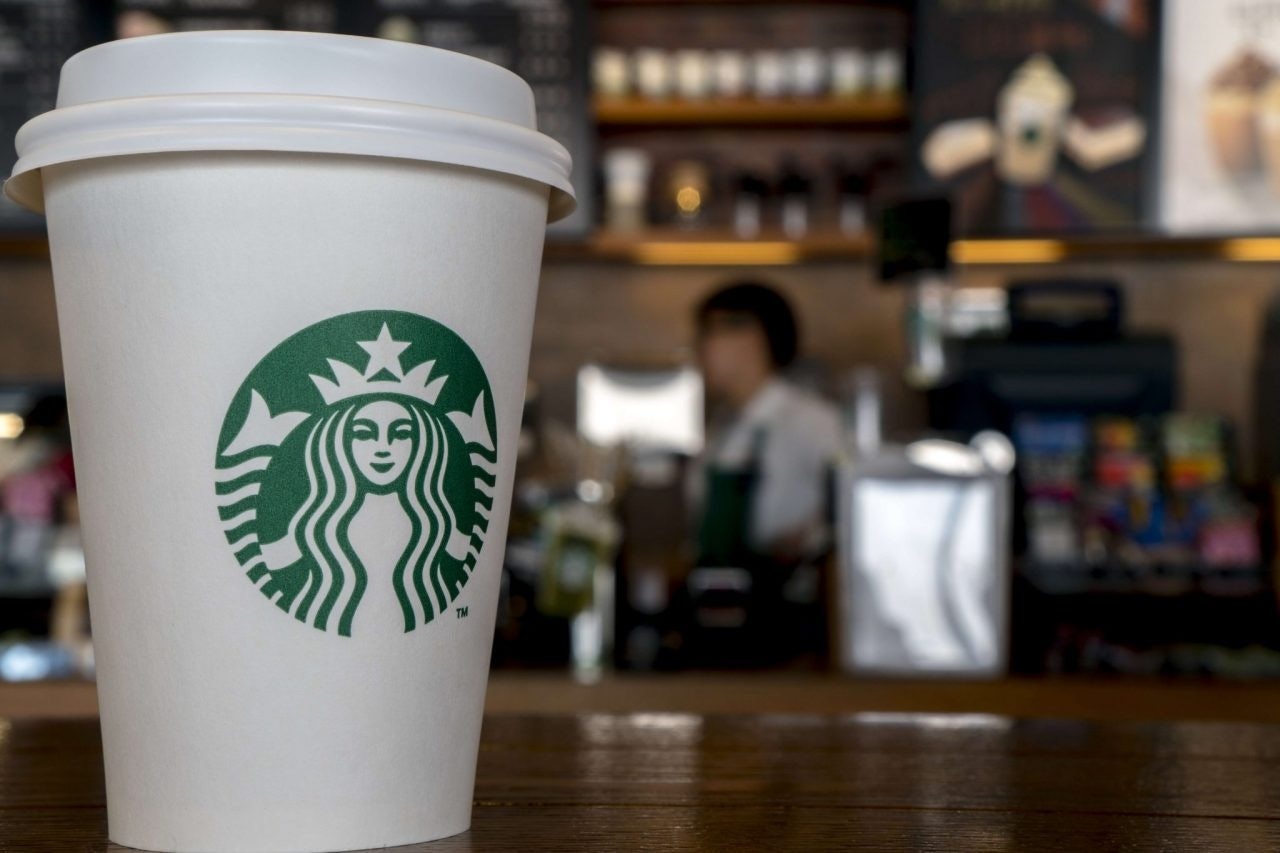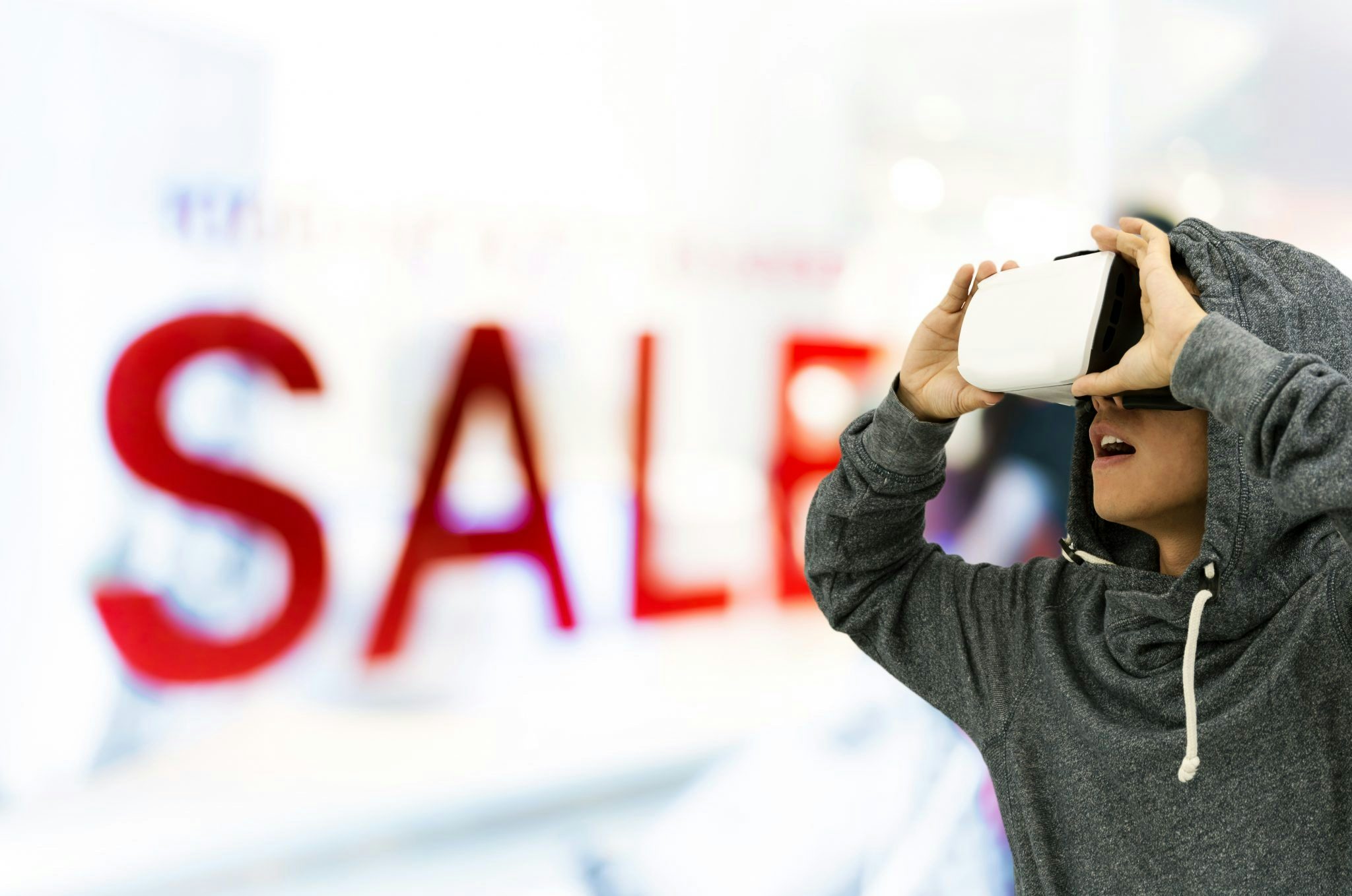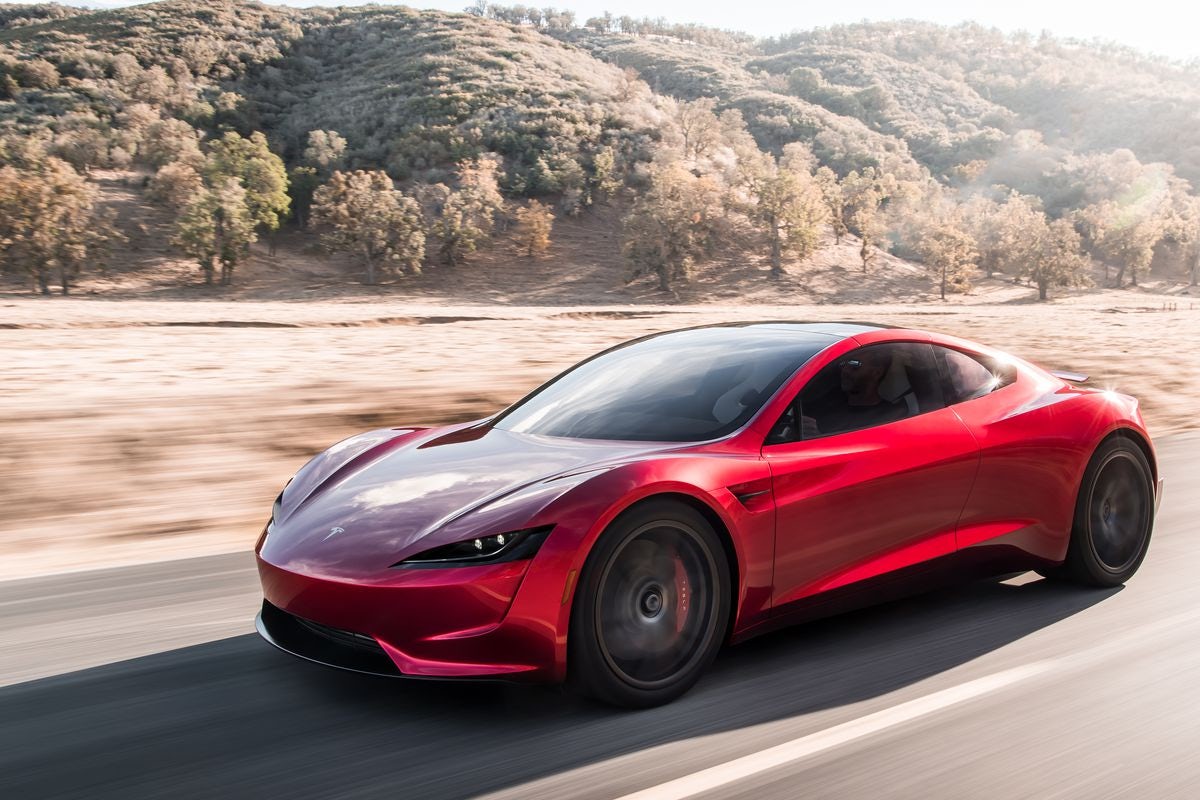Starbucks’ most ambitious project in China yet opened its doors in Shanghai this month. With dim lighting, wooden tables and copper fixtures, the Starbucks Reserve Roastery and Tasting Room looks more like a high end Japanese whiskey bar or a fine dining restaurant than the typical Frappuccino shack. The offerings are more premium too, posing the question, does Starbucks see itself as a luxury brand in China?
The new Roastery’s two-story building occupies 2,700 square-meters (30,000 square-feet) on Nanjing Road, one of the busiest commercial streets in the world. It is double the size of the only other Starbucks Roastery, established in the company’s hometown of Seattle three years ago.
Four-hundred employees can serve a maximum of 500 customers at a time.
There’s a “pairing bar” for ordering food to match your coffee, a 27-meter long bar that serves “Cold Brew Towers”, an artisanal bakery, a “coffee library”, and an Augmented Reality (AR) experience.
Several accommodations have been made for Chinese customers: the 3-D printed Teavana bar is inspired by the traditional Chinese teapot; Coffee grown in Pu'er, the part of Yunnan province more famous for tea, is featured alongside small-lot coffees from over 30 other regions; and phrases used to express Starbucks’ coffee philosophy, such as “包容” (tolerance), “动手” (practice with hands), and “平衡” (balance) are hand-engraved onto over 1,000 Chinese chops adorning the two-story tall copper cask at the main entrance.
Of course, it’s not unusual to see mass market brands go premium in China. Fashion labels such as GAP and American Apparel entered China at a higher price point than they sell for back home. In Famp;B, pasta and salad brand Wagas now has its fancy offshoot, Bistrow by Wagas, and sandwich shop Element Fresh has the perplexingly titled Element Fresh Vintage. The market is maturing, and established players want to find ways to grow along with their customers.
Simultaneously, luxury brands are making inroads into traditionally mass market categories—Godiva sells 50 RMB (7.5) soft serve ice creams in China. Gucci opened a restaurant in the IAPM mall, and Vivienne Westwood has its own Shanghai cafe.
The lines of luxury are getting blurry.
Starbucks took a light premium positioning when it entered the market in 1999. Words such as “modern,” “fashionable,” and “individual,” are often used to describe the brand by their educated, professional Chinese customers.
It has cachet simply because it is both widely recognized (Starbucks is opening a store every 15 hours in China) and priced too high for most Chinese to drink regularly. A tall Americano at Starbucks costs 22RMB (about 3.30), and a large tea drink costs up to 40 RMB (about 6). Meanwhile, the average income is only 900 per month in major Chinese cities. For the average income earner, a Starbucks coffee costs a tenth of their daily incomes.
Yet, Starbucks clearly sees an opportunity to charge more as the “third wave” of even pricier, more artisanal coffee breaks on China.
These days, a latte at a small independent cafe can easily reach 30-40 RMB (4.50 to 6). And a cup of “Costa Rica Dota Geisha” at Barista, a specialty independent coffee shop tucked away down an old alley in Beijing, costs 68 RMB (10.30).
A recent report co-authored by Meituan Dianping states that there were over 100,000 independent coffee shops in China at the end of 2016, and Shanghai alone has more than 6,000 coffee shops. Local players such as Seesaw Coffee and GreyBox Coffee, both of which are positioned higher than Starbucks, are aggressively expanding.
Seesaw attracted 450 million RMB (approximately 67 million) of venture capital in June this year, and plan to expand to 20 locations, while Greybox Coffee raised 100 million RMB (15.1 million, and eventually hopes to open more than 3,000 stores in China and abroad.
Ultimately, it’s hard to describe Starbucks, Greybox or Seesaw as luxury brands. Pricey cups of coffee are becoming the norm in China for the large minority who can afford them. They're far too ubiquitous to create the sort of mythology and scarcity associated with, say, Hermes’ Birkin Bag.
Then again, there are plenty of luxury fashion brands that are utterly ubiquitous in Shanghai, with stores mere blocks away from one another.



